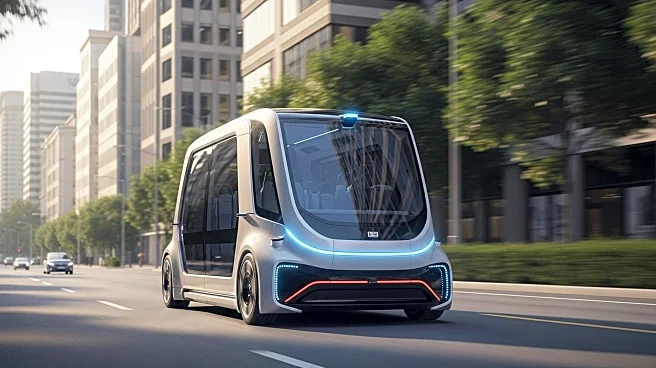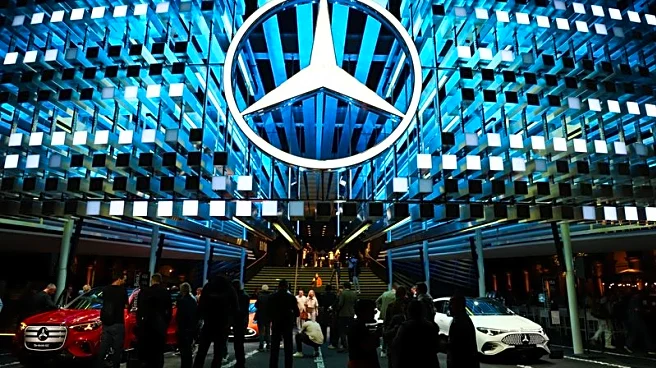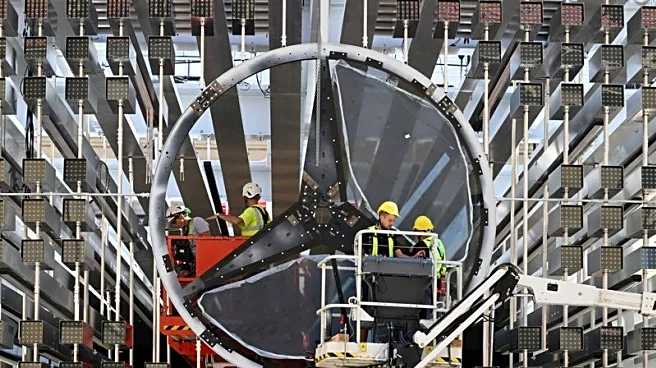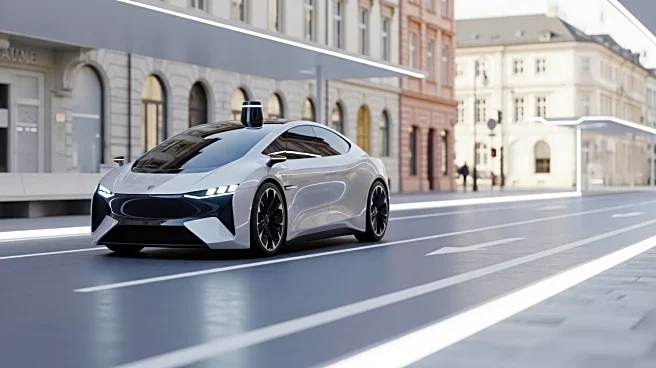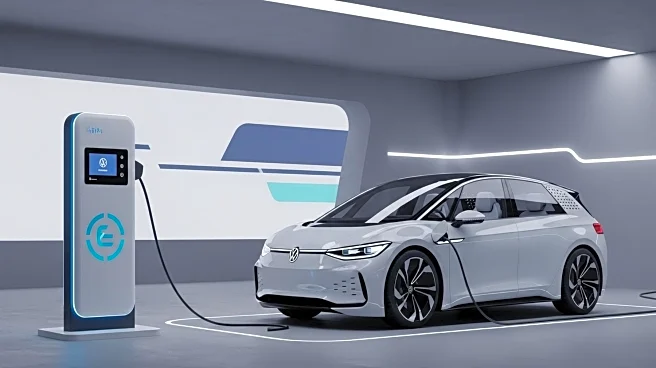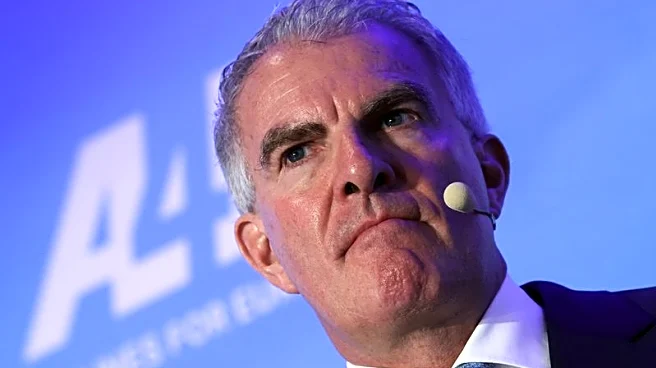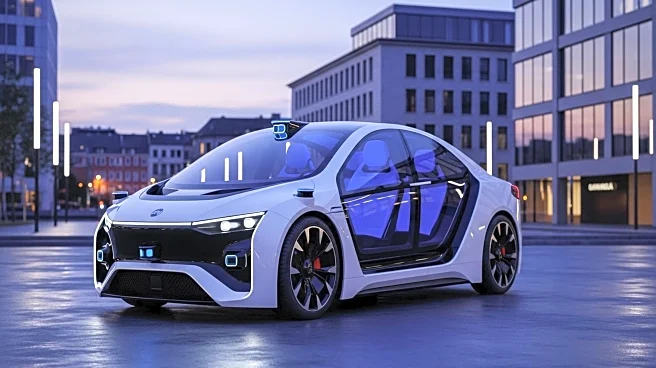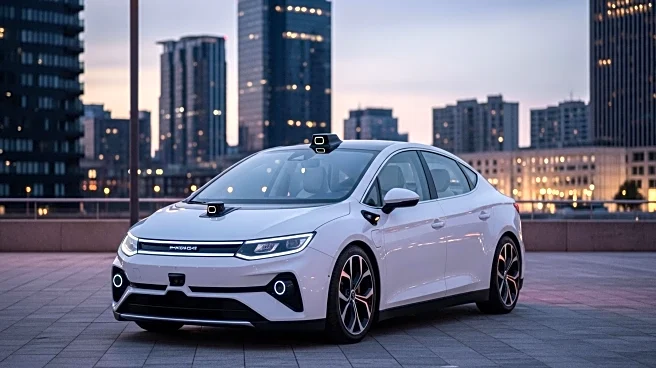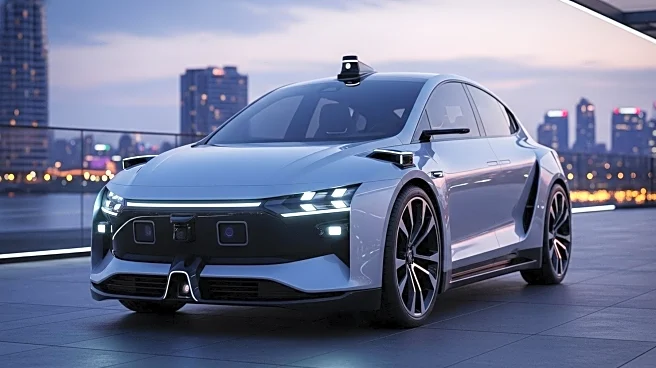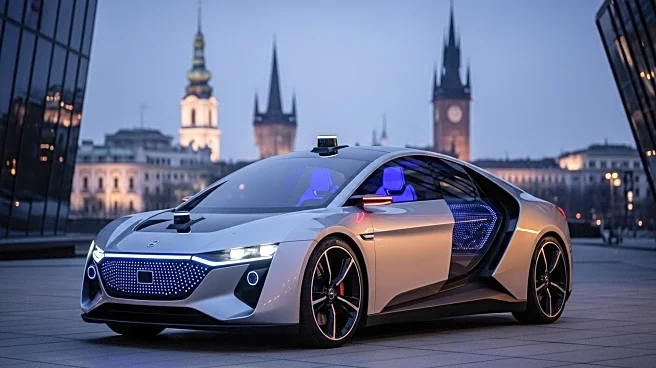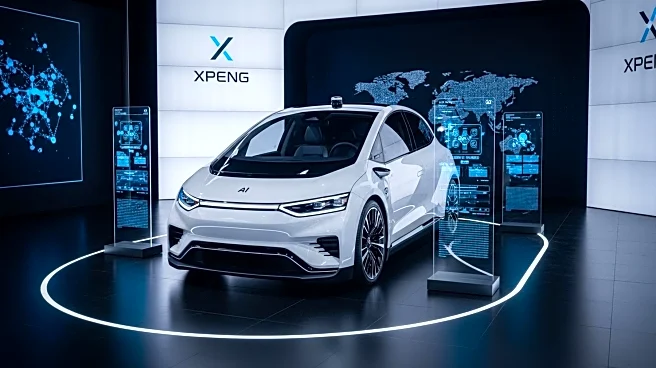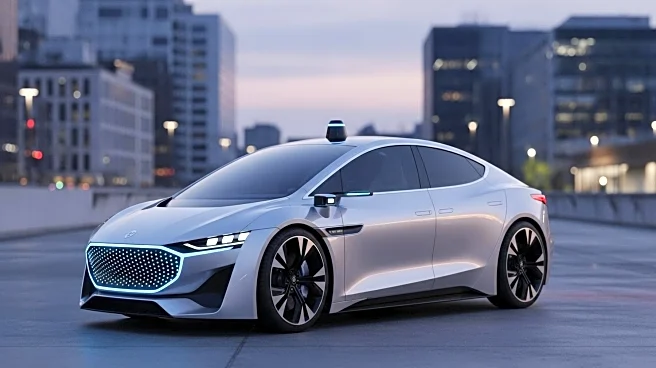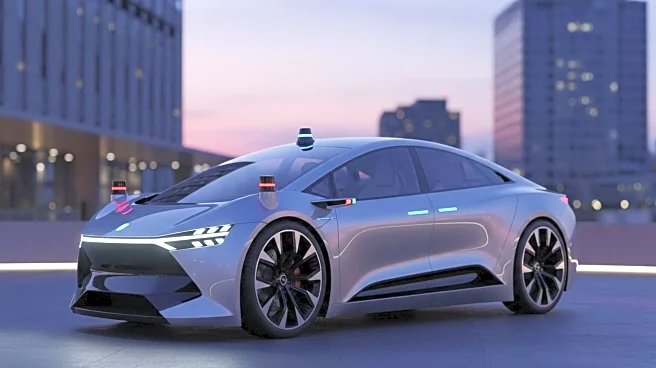What is the story about?
What's Happening?
The Technical University of Munich (TUM), in collaboration with MCube, UnternehmerTUM, and MZM, has launched an initiative to promote autonomous driving in public transport and freight transport in Germany. This effort was formalized through a letter of intent signed by key stakeholders, including Bavarian Minister-President Dr. Markus Söder, Munich Mayor Dieter Reiter, and TUM President Prof. Thomas F. Hofmann. The initiative aims to establish Munich as a model region for autonomous driving, with plans to integrate 20,000 autonomous shuttles and 5,000 autonomous buses into the public transport system. The project seeks to enhance Germany's competitiveness in the global market by fostering innovation in autonomous mobility.
Why It's Important?
The initiative is significant as it positions Germany, particularly Bavaria, as a leader in autonomous driving technology. By creating model regions, the project aims to accelerate the adoption of autonomous vehicles, which could lead to more efficient and sustainable public transport systems. This development is crucial in addressing the growing demand for mobility solutions and the shortage of drivers in freight transport. The collaboration between science, industry, and government is expected to drive economic growth and technological advancement, potentially setting a precedent for other regions to follow.
What's Next?
The next steps involve cutting through bureaucratic hurdles to establish the necessary regulatory framework for autonomous driving. Stakeholders will focus on expanding infrastructure and ensuring technological sovereignty through strategic alliances. The initiative will require ongoing collaboration between universities, industry leaders, and government bodies to implement the innovations effectively. The success of this project could lead to broader adoption of autonomous driving technologies across Europe.
Beyond the Headlines
The initiative highlights the ethical and legal challenges associated with autonomous driving, such as ensuring safety standards and addressing public concerns about automation. It also underscores the cultural shift towards embracing technology-driven solutions in urban planning and transport. Long-term, this could lead to significant changes in how cities are designed and how people interact with transportation systems.
AI Generated Content
Do you find this article useful?
